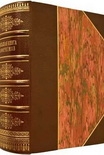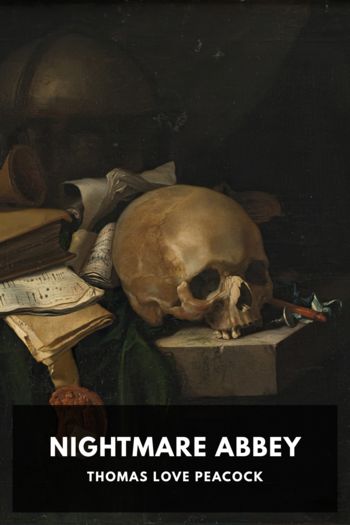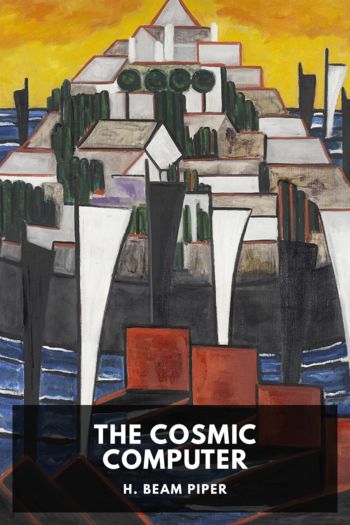Gluck, Diana Souhami [good novels to read in english txt] 📗

- Author: Diana Souhami
Book online «Gluck, Diana Souhami [good novels to read in english txt] 📗». Author Diana Souhami
From 1932 until 1936, the two women spent a great deal of time together. Craig and Sybil Cookson still stayed at Bolton House from time to time and in Paris there was the Austrian painter, Mariette Lydis, the Comtesse de Govonne, whom Gluck painted and met frequently, if fleetingly, in a Paris hotel. Mariette Lydis had travelled in Europe and the States then settled in Paris in 1927. She painted portraits of women (her ‘Woman in White’ was bought by the Museum of Luxembourg), illustrated Colette’s ‘Claudine’ books and Baudelaire’s Fleurs du Mal and published a collection of etchings on women criminals and lesbians. Gluck noted that an exhibition of hers was held in New York in 1936 with a feature about it in Harper’s Bazaar. (At some point Gluck destroyed her own painting of Mariette Lydis.)
But most weekends Gluck went to Constance’s Kent home, Park Gate in Chelsfield near Orpington, a red-brick Georgian fruit farm with oast houses and acres of garden. Gluck’s paintings hung on the walls: her picture of a girl as the essence of Spring, ‘Primavera’, nicknamed Interflora by the staff from the shop, over the drawing-room fireplace next to ‘Spiritual’, a study of a negro head. At a party, when talking about painting and light, a friend had remarked to Gluck how impossible it would be to paint a black face against a black background. Gluck advertised in the paper for a black person to model and her picture of him proved this was not true. The title reflected his inner world, the use of light in the painting and the quality of American negro music.
Constance went with Gluck to Lamorna and they visited country gardens and took notes and cuttings. She defended Gluck’s taste for ‘outré clobber’: motoring down to the Letter Studio, they stopped in a tea room and a vicar made disparaging remarks about Gluck and her clothes. Constance followed him into the road to reprimand him for his prejudice. ‘And you a man of the cloth’, she said.10 The two women holidayed together in North Africa and France. Unlike Craig, Constance got on well with the Meteor: ‘I hear that Constance had tea with you and she enjoys seeing you always,’ Gluck wrote to her mother.
Mid-week Constance usually stayed a couple of nights at Bolton House. Gluck recorded their times together as ‘very peaceful and sweet’. Shav Spry had less pacific recollections. Writing in January 1934 to Val Pirie, whom he was to marry after Constance’s death in 1960, he described Gluck as fussy and irritating:
She can’t settle down to any sort of normal and peaceful life and I doubt if she ever will … I gather that she is litigating about her piano. Everything with her is a complication and very restless. I am quite fond of Gluck but I do not like being with her for too long. There is something about the atmosphere of Bolton House that is disturbing to me – as she herself disturbs me. There are always problems and mysteries and tribulations and nothing seems to run smoothly for more than a short time. She is abnormal herself – a queer mixture of childishness and astuteness. The truth is I think she has no real inner peace – nothing to hold onto.
What she had to hold on to was her painting. That was where order lay. In the year she met Constance, 1932, she was preparing for another exhibition at The Fine Art Society, in November. In this, and in her subsequent exhibition, five years later, she showed an array of new flower paintings – orchids with grotesque heads, heavy branches of white lilac, a huge skeletal display of dead flowers: old man’s beard, willow herb, poppy heads, lotus seeds, wild oats and love-lies-bleeding – most of them gathered by Molly Mount Temple from the gardens of Broadlands.
Constance also influenced the way Gluck dressed. Unbothered with her own appearance (she looked rather dumpy and ordinary), she took Gluck in hand and true as ever to the thing itself, turned androgyny into high fashion. The South African couturier Victor Stiebel was a friend – he became a director of her company. He made Gluck an austere long black velvet dress with a white tie, Elsa Schiaparelli designed her a deeply-pleated culotte in black chiffon and in Paris Madame Karinska made her a black crêpe evening dress appliquéd in gold.
Constance also introduced Gluck to the delights of North Africa. Her friends the Hensons owned the Villa Hammamet in Tunisia. Jean Henson, a wealthy American had, with his wife Violet, created what Gluck described as a garden like ‘Eden, with cats, dogs, birds and fishes all living together free and with no danger to one another’.11 Each morning Gluck was woken at 5.30 by the peacocks. There was a marble courtyard with a fountain playing, a lotus pool, a dovecote, macaws, parrots, Siamese cats.
In later years she talked of the ‘languor and hysteria’ of Tunisia in the thirties: the stream of visitors who congregated on the terraces, drank iced tea and played halma; the starlit evenings; the sirocco that blew all day and the picnics in the hills.
It is savage, lovely, bare country. Lunch – cold chicken, eggs, white wine, figs and grapes and coffee in the shade of a caroubia tree spreading, with silver-grey low-growing branches and a grey-green leaf.… Flocks of black goats and marvellous looking shepherds passing every now and then, the shepherds shy and accepting with pleasure and eagerness empty Vittel bottles as if they were some rare gift. I rode back – and so home and an immediate plunge into a delicious sea to wash off the dust and sweat. My God I felt good after it. Then iced tea and then people to dinner …12
She described wandering round the souk dressed as an Arab. Schiaparelli stayed and got inspiration from the Bedouin robes in the souks of Nabul, and at the time of the abdication





Comments (0)